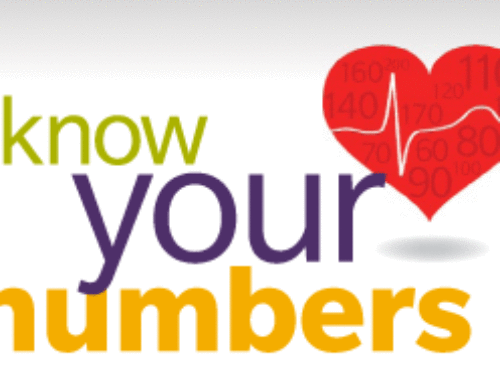Do you have leg pain? Do you experience cramping in your calves with walking? Do you have a sore on your lower leg or foot that isn’t healing? Then you may have PAD and not know it!
Most people are familiar with the signs and symptoms of heart disease. Heart disease’s less-known sibling, Peripheral Artery Disease (PAD), is hardening of the arteries which supply blood to the arms, legs, intestines, kidneys, etc. Sometimes the vessels are so affected that blockages (obstruction to blood flow) occur and cause symptoms such as pain, cramping, ulceration, infection, and even death. Frequently, legs severely affected by PAD, if neglected, end up being amputated.
Even today, with the advent of new tests to detect PAD and new treatments that can salvage limbs affected by PAD, many amputations are still being done. A simple test, the Ankle/Brachial Index (ABI), measures the blood pressure in the arm versus blood pressure in the legs. If one has low ABI’s and symptoms, further testing, such as CT Angiography (similar to CTA for the heart) or angiography should be done next. At the same time, one’s physician should start medical therapy with aspirin, lipid-lowering medications, etc. A completely blocked leg artery, even with ulcers and gangrene in the affected limb, can often be fixed and saved with lasers, balloons, stents or even, in extreme cases, bypass surgery. Amputation should be a last resort only! So, if you have diabetes, hypertension, high cholesterol and/or symptoms of leg pain or skin ulcers/infection, please see your physician for further evaluation and care. Get a leg up on PAD!
[/fusion_builder_column][/fusion_builder_row][/fusion_builder_container]




